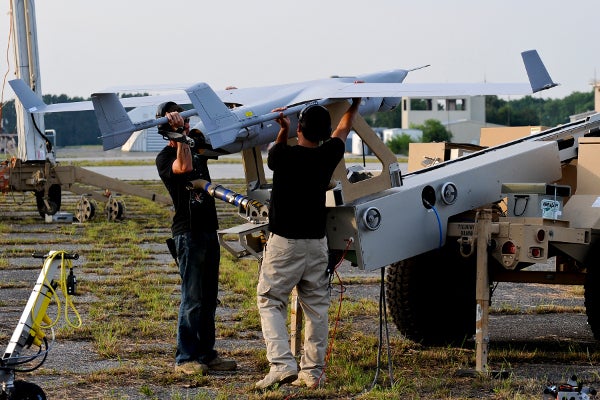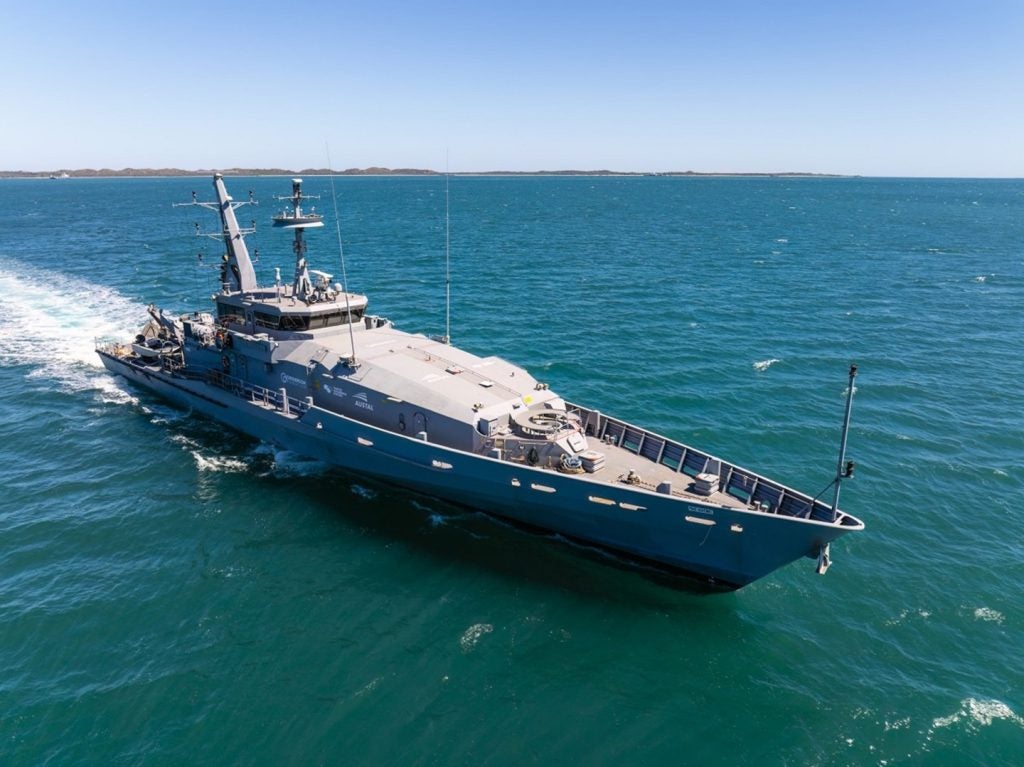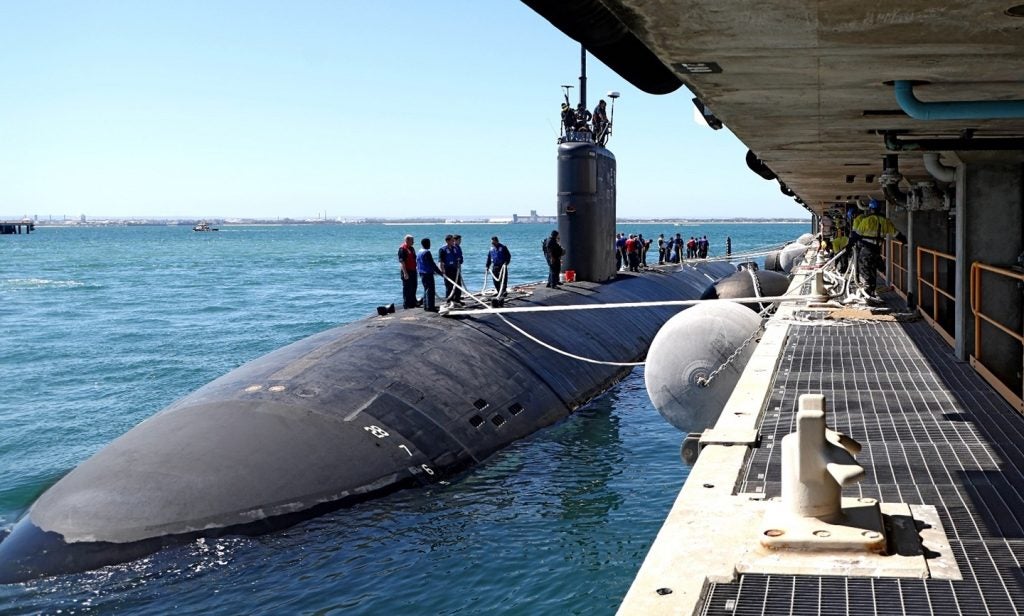
The US Navy and US Marine Corps’ (USMC) small tactical unmanned aircraft system (STUAS), the Boeing Insitu RQ-21A, has successfully completed its first east coast flight from Webster Field Annex, Naval Air Station (NAS) Patuxent River, US.
During trials, the RQ-21A was launched using a pneumatic launcher by Insitu operators and recovered using a STUAS recovery system (SRS) after 1.8 hours of flight, validating its safe recovery and expeditionary capability.
Intended to demonstrate the performance of the STUAS upgrades, including software, fuselage and camera enhancements, the flight trials are being conducted in preparation for integrated operational test and evaluation (IOT&E), scheduled for the third quarter of this year.
Programme lead test engineer Greg Oliver said that the aircraft would also test its performance points at lower density altitudes at Webster Field.
How well do you really know your competitors?
Access the most comprehensive Company Profiles on the market, powered by GlobalData. Save hours of research. Gain competitive edge.

Thank you!
Your download email will arrive shortly
Not ready to buy yet? Download a free sample
We are confident about the unique quality of our Company Profiles. However, we want you to make the most beneficial decision for your business, so we offer a free sample that you can download by submitting the below form
By GlobalDataPMA-263 programme manager US Marine Corps colonel Jim Rector said that the flight test has marked a step ahead in providing an domestic-built UAS capable of operations from both land and sea to troops.
See Also:
"The expeditionary nature of the RQ-21A makes it possible to deploy a multi-intelligence capable UAS with minimal footprint," Rector said.
The RQ-21A platform has been designed to provide maritime and land-based tactical reconnaissance, surveillance, and target acquisition data collection and dissemination capabilities to troops.
Following completion of the current testing phase, the STUAS will undergo shipboard flight testing onboard the US Navy’s third San Antonio-class amphibious transport dock, USS Mesa Verde (LPD 19) in July.
IOT&E is expected to begin at Marine Air Ground Task Force Training Command (MCAGCC) Twentynine Palms, California, US, in October, while ship-based IOT&E will be conducted in December, prior to its initial deployment in 2014.
Image: Operators prepare to launch RQ-21A STUAS as part of flight trials. Photo: courtesy of US Navy.








